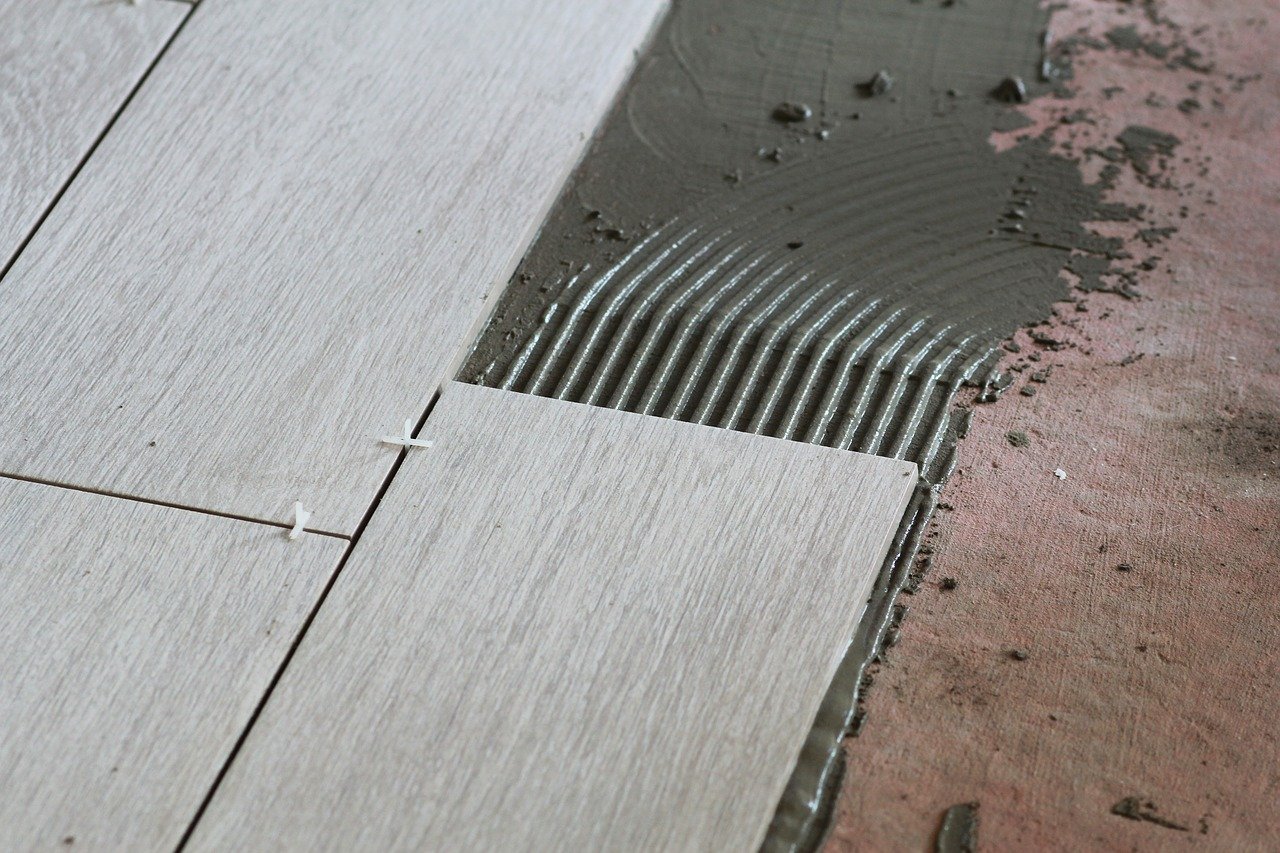There are lots of home improvement projects which can be done around the house, but hardwood flooring installation is one of the most satisfying. Hardwood floors are wonderful, they add value to the every home with proper care, and can last for a lifetime. More importantly, if you carry out the hardwood floor installations by yourself, you could have a sense of achievement that will be forever remembered and appreciated by your family each day.
Just like other home improvement projects, installing hardwood flooring requires a bit of preparation. The main factor is the type of wood flooring that you want to install. The days are gone for the solid planks were the only choice; currently, the market is rich in engineered wood and laminate options. Even within these types of flooring alternatives, there are many variations.
For an instance, do you intend on having prefinished or unfinished planks? Prefinished wood planks are available in sanded and stained in the color of your preference. These planks can be installed directly and do not require any work beforehand. Unfinished wood planks will need to have sanding and staining done, so if you choose to go this way, you will need to consider an additional time. Even though unfinished wood requires an extra work, some DIY homeowners enjoy the additional versatility that it gives. You can place the flooring and decide to stain it at a later date.
Usually, the most challenging hardwood floor installation is solid wood. This type of flooring will only be installed on above grade applications, since it cannot be exposed to moisture. It can be positioned on a standard raised plywood surface or on a concrete slab. The area must be clean, dry and stable. Because the flooring will react to temperature alterations, it is essential to let the planks acclimate to their environment before installation. Leave the boards in the room where they will be installed in for a couple days before starting the project.
With such limitations to solid wood floors, most homeowners are choosing engineered wood floors instead. These types of selections feature a plywood center and hardwood veneer exterior. Not only that they are more durable, but also more stable. You also do not need to worry about the sanding or finishing the floorboards or sticking to below grade applications. To maintain these upgraded features, engineered wood flooring provides an easy installation process. Latest varieties have click-and-lock features that enable the boards to lock together like puzzle pieces which mean that there are no hammering and nailing as with solid wood flooring.
One more option is laminate, although laminate is not real wood. It does resemble the real thing however, when investing in a high quality laminate construction. The only issue is that it creates a more hollow sound, which many homeowners say is a telltale sign of laminate. On the upside, laminate is also durable and long-lasting, whereas offering scratch-resistant properties. It can be installed in any places, including below grade applications and full baths. Similar to engineered wood, the hardwood floor installation is done with a snap-and-lock installation. The boards then “float” over the subflooring instead of being hammered and nailed into the ground.
